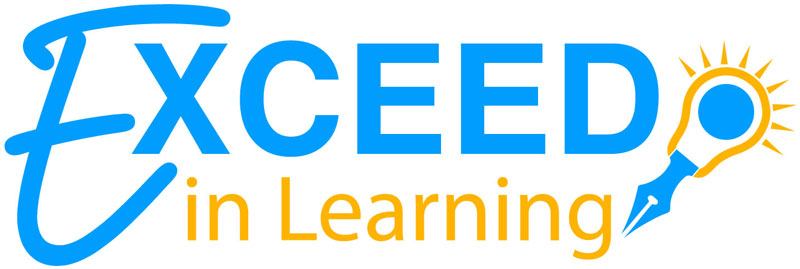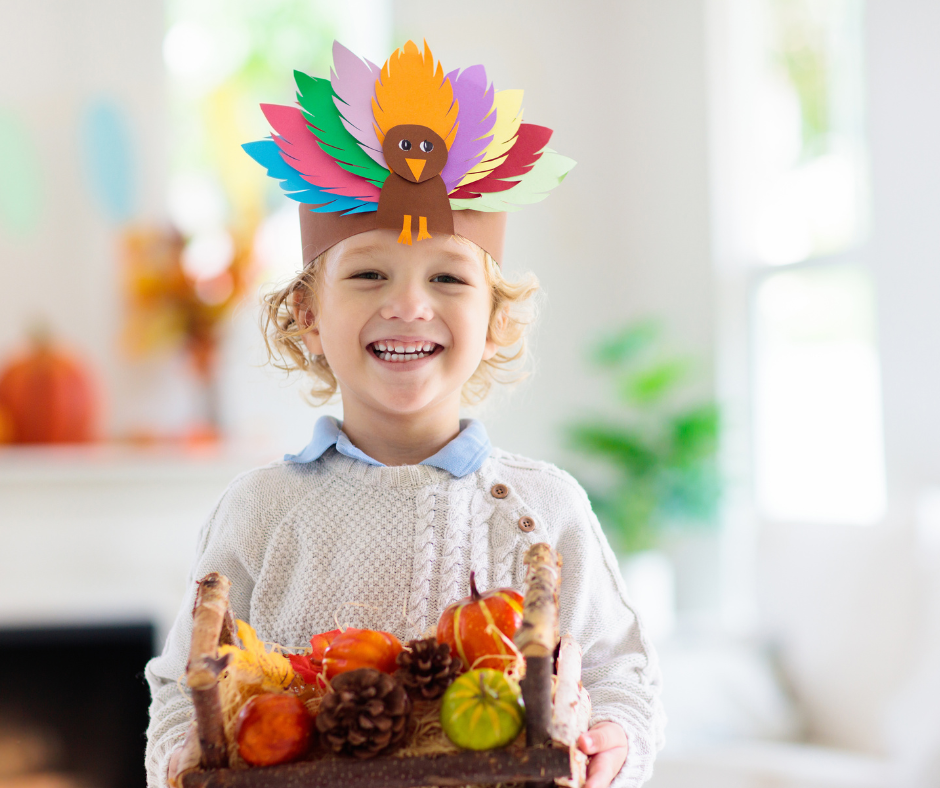Children are active, we all know that. They like to run, jump, spin, move around, you name it. Even when children are older, they still want to be actively moving. This is why in the classroom, some teachers struggle to get students to follow the “traditional classroom” model. It is unrealistic to expect a kindergartener or first grader to sit at a desk every day and solve math problems. As an adult, I don’t really like the sound of this either!
At home, we as parents can still practice valuable math skills with our children, but in a way that the learning fits their style. When we incorporate math and movement, this helps our children get their wiggles out, expel some energy, but also learn at the same time.
To have some movement with math, this does take a little bit of prep work. These are activities that can be adapted for many different skill levels. This is helpful because then a child doesn’t have to re-learn how to do an activity. They can simply just focus on math. Let’s take a look at some movement activities that you can incorporate into your math practice at home.
Hopscotch. This is a game that many children are already familiar with. With just some chalk and an empty sidewalk, you are ready to create some fun activities for your child. Hopscotch is great to practice skip counting by any number. All you have to do is write the numbers on the inside of the squares. To make it a bit more challenging, consider leaving some of the squares blank and your child will have to figure out each missing number as he/she is hopping through the squares. This also can be adapted as an indoor activity. All you need to do is use painter’s tape instead of chalk.
Scavenger Hunts. This is a great activity to do for a lot of different topics. You can give your child a list of shapes that they have to find. They can either bring a bag to put the items in, take a picture of each item, etc. Additionally, this can be fun if you are working on graphing with your child. Your child can find a collection of things (rocks, pinecones, flowers, etc.) and then create a pictograph, bar graph, etc. with what they found.
Races and Relay Games. This could be adapted for any topic you may be working on (number sense, addition/subtraction, word problems, etc.). You can create some cards with different problems and put them outside in a designated area. Have your children run to a bucket, grab a card, solve it, then run back to you to check the answer. Your child can do this for a predetermined amount of time and you can even keep score, if you want the activity to be competitive.
Putt-Putt Math. This idea comes from Catch a Star and is a great way to practice addition. This can also be adapted for single-digit numbers through multi-digit numbers. To prepare for this activity, you will need some solo cups and sticky notes to write each number on. You also will need a golf putter and a golf ball.
The goal is for the child to hit the golf ball twice, record the numbers, and then add them together. This is a great way to practice computation, as regular drill practice can be a bit boring!
Plastic Bottle Bowling. This idea is from Learn with Play at Home. Gather 10 plastic bottles and some paint. Paint the numbers on each of the bottles.
When the paint has dried and you are ready to play, set up the bottles in a traditional bowling format. Your child can roll the ball and then count how many bottles are up and how many bottles are down. It may be helpful to have your child record this on paper. This will help reinforce the concept of making ten. When it is time to start again, have your child clean up the bottles and order them correctly.
What are some of the fun ways you encourage movement while practicing math?




